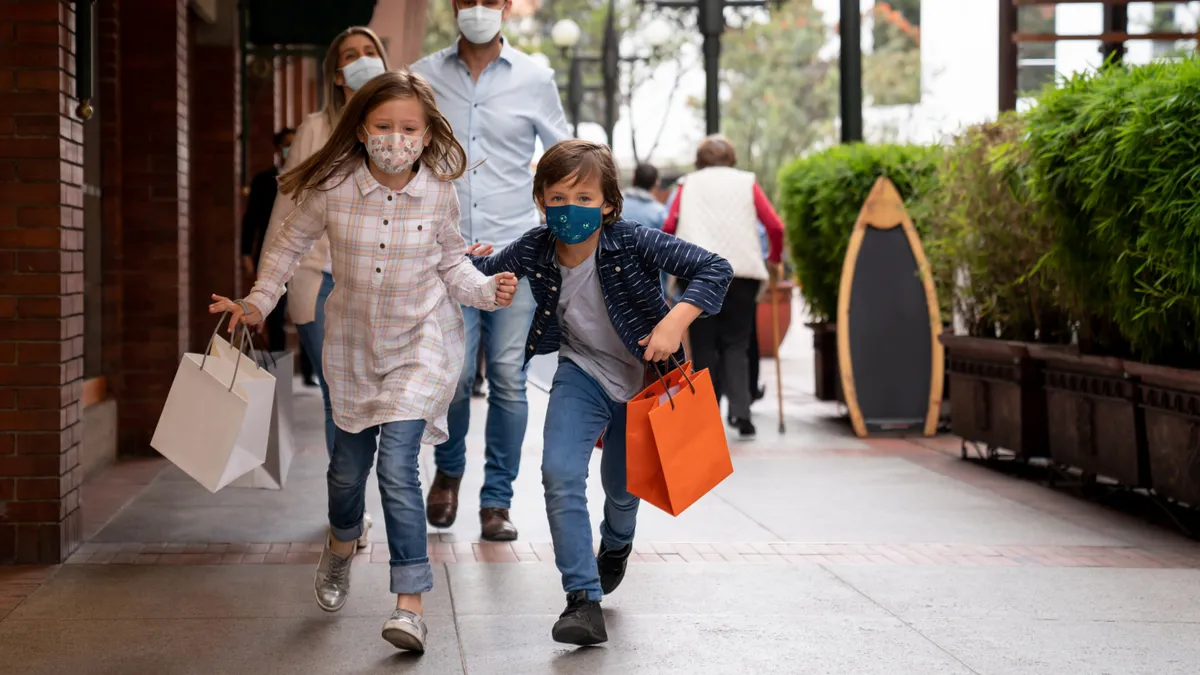Dive Brief:
-
With footfall down 49.3% (compared to the nearly flat 0.4% last year), normally well-performing malls are set to emerge from the pandemic ready to retool leases and invite in a new mix of tenants, including non-retail businesses, according to research on 16 malls from foot traffic analytics firm Placer.ai.
-
Also among the pandemic-induced trends that Placer.ai researchers expect to endure is the boom enjoyed by value-oriented retailers like dollar stores, off-pricers, warehouse clubs, Walmart and Target, which all sustained traffic surges this year, according to the report, emailed Tuesday.
-
Less sure, but very possible, is the potential for working from home to stick. That plus an exodus from cities — New York's Upper East Side had a 42% population drop by October, for example — could dramatically alter the retail mix on suburban streets and at shopping centers, Placer.ai said.
Dive Insight:
The COVID-19 pandemic may come to an end at last sometime next year, but there are several trends set in motion by the devastating disease outbreak that will not.
As Placer.ai notes, some changes had already been underway, including the downfall of many malls and a move from enclosed shopping centers to open-air centers, but have been accelerated by the pandemic. Longtime anchors and stalwart mall-based retailers like Macy's and Gap are making such moves. And they, along with retailers like J.C. Penney and Francesca's, which filed under Chapter 11 this year, are also closing hundreds of mall-based stores.
Previously, so-called "A" malls were widely seen as spared from those developments, but now even the better properties run by the likes of Brookfield and Simon Property Group are also under pressure, according to a report last week from S&P Global Market Intelligence.
Changes in demographics and tenant mix may be most pronounced in other businesses areas, but will nevertheless have a profound effect on retail, at the mall and elsewhere, according to Placer.ai.
"This shift is obviously enormously consequential for office and residential real estate, but for retail as well," according to the report. "It means that a type of city resident that brands could previously reach in that urban environment has now moved elsewhere."
How that plays out remains unclear, however. Some brands that usually cater to city-based shoppers may test suburban formats in order to follow those customers, Placer.ai said. Otherwise, brands already familiar with a suburban audience may expand, or direct-to-consumer players may eye such locations.
"Whether it be Under Armour's 2020 rebound, the struggle of department stores, a key channel for product brands, or the sense that mall and shopping center owners are willing to try newer types of agreements, it is clear that this trend is only going to pick up pace," the report states.















